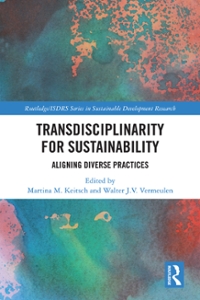3. Which of the following is not correct about most economic models? They are composed of equations and diagrams. They contribute very little to economists' understanding of the real world c. They omit many features of the real-world economy d. In constructing models, economists make assumptions 4. In the circular-flow diagram, firms produce goods and services using factors of production output using inputs. c. factors of production using goods and services d. Both (a) and (b) are correct. 5. In economics, capital refers to the finances necessary for firms to produce their products b. buildings and machines used in the production process, c. the money households use to purchase firms' output. d. stocks and bonds.Markets for Goods end Services Fimys Households G Markets for Factors of D Production Refer to Figure 2-1 Which anow represents the flow of land, labor, and capital? ObD OCB ode Saved QUESTION 13 3.00000 points In the markets for the factors of production in the circula flow diagram O a households and firms are both buyers. b households and firms are both sellers O c households are buyers and firms are sellers, "d households are sellers and firms are buyers.le Edit View History Bookmarks Window Help A ecourses.pvamu.edu 9_ECON2113P04-2010-12775 What is the best way to describe the differences between microeconomics and macroeconomics? Select one: a. There are no differences between how resource allocation decisions are made in microeconomics and macroeconomics. b. Microeconomics analyzes the impact of the government's decision to raise or cut taxes on household and business spending and savings. Microeconomics focuses on the spending behavior and resource-allocation decisions of individual households and business, while macroeconomics deals with all resource-allocation decisions in an aggregate economy. d. Macroeconomics analyzes the impact of how many goods and services a firm produces and how the supply of and demand for those goods and services influence their prices and quantity. e. Macroeconomics focuses on the spending behavior and resource-allocation decisions of individual households and business, while microeconomics deals with all resource-allocation decisions in an 13 MacBook









